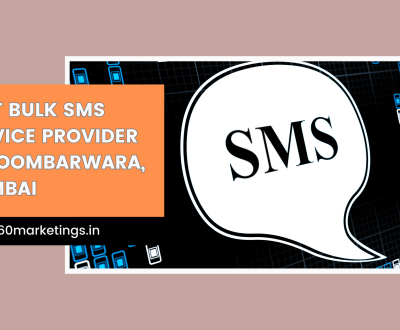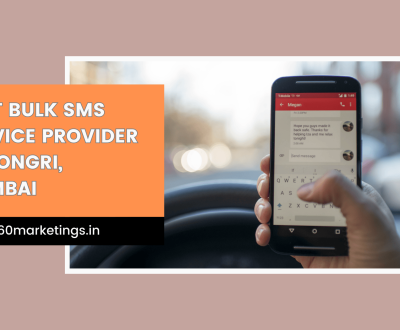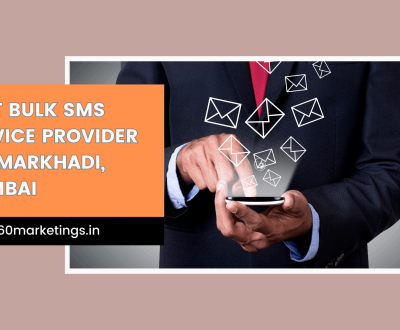Introduction
In the realm of digital marketing, deciphering the psychology behind subscriber behavior is paramount for crafting effective email campaigns. Explore the intricate nuances of the human mind as it interacts with the inbox, shaping the strategies that drive engagement and conversions.
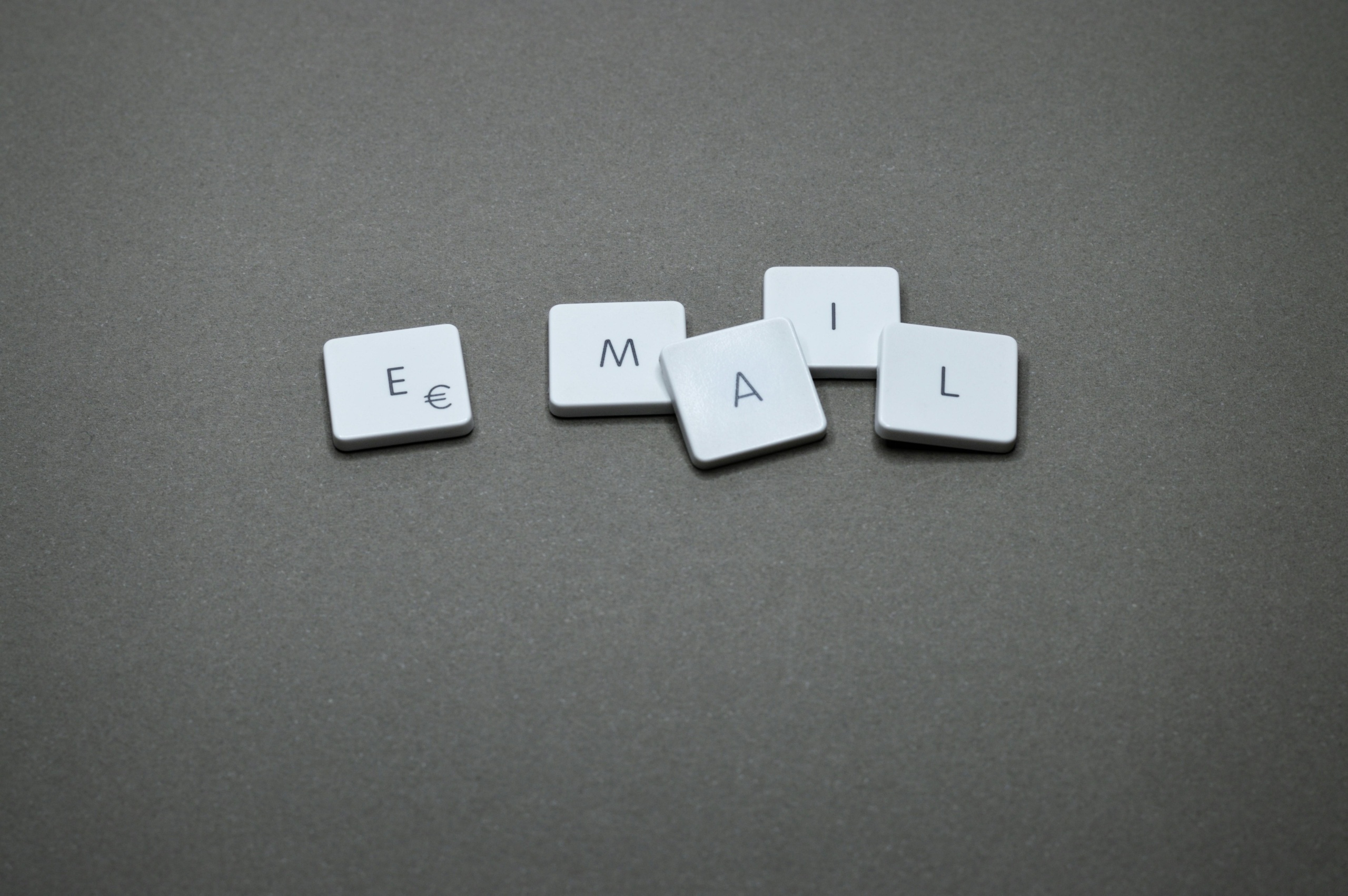
1. The Initial Impression: Email Subject Lines Matter
Crafting compelling mail subject lines is a fine art in the world of digital communication. As the initial point of contact, subject lines hold the power to either captivate or repel the recipient. In the cluttered landscape of inboxes, a well-crafted subject line not only sparks curiosity but also acts as a psychological trigger, influencing the decision to open an mail. The subtle blend of relevance, urgency, and creativity is the key to standing out and making a lasting impression. In the realm of this marketing, the journey begins with the subject line—a gateway to engagement and connection with your audience.
The subject line serves as the initial gateway to an email. Leveraging curiosity, urgency, and relevance in crafting subject lines can significantly impact open rates.
Contents- 1. The Initial Impression: Email Subject Lines Matter
- 2. Cognitive Load and Email Design
- 3. Behavioral Psychology in Mail Personalization
- 4. The Scarcity Principle: Urgency in Email Marketing
- 5. The Power of Storytelling in Email Narratives
- 6. Decision Fatigue: Simplifying Choices in Mail Marketing
- 7. Social Proof and the Psychology of Trust
- 8. The Subconscious Impact of Colors and Branding
2. Cognitive Load and Email Design
In the intricate dance between user attention and email design, understanding cognitive load is pivotal. The human brain processes information visually, and cluttered, complex designs can overwhelm subscribers, leading to disengagement. Streamlining email content and employing a minimalist design approach reduces cognitive load, making it easier for recipients to absorb and comprehend the message. By incorporating clear headings, concise copy, and strategically placed visuals, the mail designers can create a seamless user experience, enhancing engagement and increasing the likelihood of desired actions from the audience.
Simplifying mail design reduces cognitive load, enhancing user comprehension and engagement. Striking a balance between aesthetics and functionality is key.
To know about ultimate guide of email marketing CLICK HERE
3. Behavioral Psychology in Mail Personalization
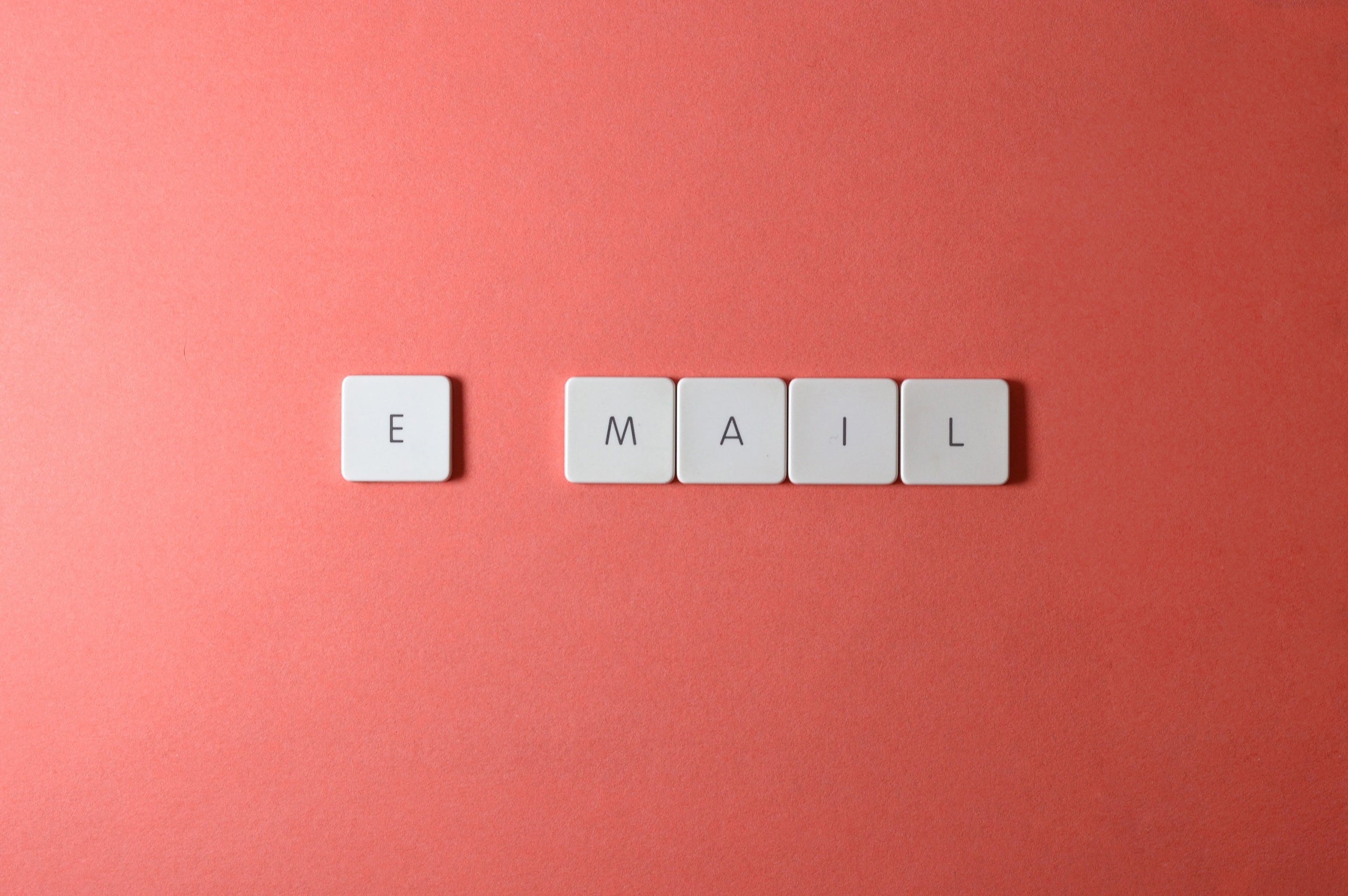
Unlock the potential of mail personalization by delving into the nuances of behavioral psychology. Tailoring your this content based on subscriber behaviors and preferences is not just a marketing tactic; it’s a psychological strategy. Understanding your audience’s interactions, past purchases, and engagement patterns allows for a more intimate connection. By anticipating their needs and presenting relevant content, you create a unique and personalized experience. This not only enhances customer satisfaction but also fosters a sense of loyalty, as subscribers feel seen and understood, reinforcing the effectiveness of your mail campaigns.
Personalized mails create a more intimate and meaningful connection with subscribers. Understanding their preferences and behaviors helps in crafting targeted and resonant content.
4. The Scarcity Principle: Urgency in Email Marketing
In the dynamic landscape of mail marketing, the scarcity principle emerges as a potent strategy. By infusing a sense of urgency in these campaigns, brands tap into the psychology of FOMO (fear of missing out). Time-limited offers, exclusive deals, and limited stock notifications create a compelling environment, urging subscribers to take swift action. This psychological trigger leverages the innate human desire for exclusivity, driving higher open rates, click-throughs, and conversions. Harnessing the scarcity principle in this type of marketing not only instills a sense of immediacy but also establishes a powerful connection between the brand and the subscriber, leading to heightened engagement.
Creating a sense of urgency triggers the fear of missing out, compelling subscribers to act swiftly. Limited-time offers and exclusive deals are effective tactics leveraging the scarcity principle.
5. The Power of Storytelling in Email Narratives
In the realm of this type of marketing, the potency of storytelling transcends mere information delivery. Crafting compelling narratives within emails serves as a captivating bridge between brands and subscribers. Emotionally resonant stories, artfully woven into the fabric of mail, not only engage but also etch a lasting imprint in the minds of recipients. These narratives create a unique connection, fostering brand loyalty and making the email experience memorable. By tapping into the innate human love for stories, email marketers can transcend the transactional and forge genuine connections that endure beyond the confines of the inbox.
Humans are wired to connect with stories. Incorporating narrative elements in mails creates an emotional connection, enhancing brand recall and deepening engagement.
6. Decision Fatigue: Simplifying Choices in Mail Marketing
In the world of this marketing, understanding the concept of decision fatigue is crucial for capturing and maintaining subscriber attention. When bombarded with too many choices, subscribers can feel overwhelmed, leading to decision fatigue and decreased engagement. To combat this, marketers should streamline options and guide subscribers towards clear, concise calls-to-action. By simplifying the decision-making process, email campaigns become more effective, reducing the cognitive load on recipients and increasing the likelihood of desired actions. A focused and straightforward approach not only enhances the user experience but also boosts the overall impact of email marketing efforts
Too many choices overwhelm subscribers. Simplifying decision-making by offering clear, specific options increases the likelihood of desired actions.
“Varistor Solar successfully leveraged 360 Marketing Service Pvt Ltd’s robust Email Marketing Services to enhance their outreach, ensuring targeted and impactful communication for their solar solutions.”
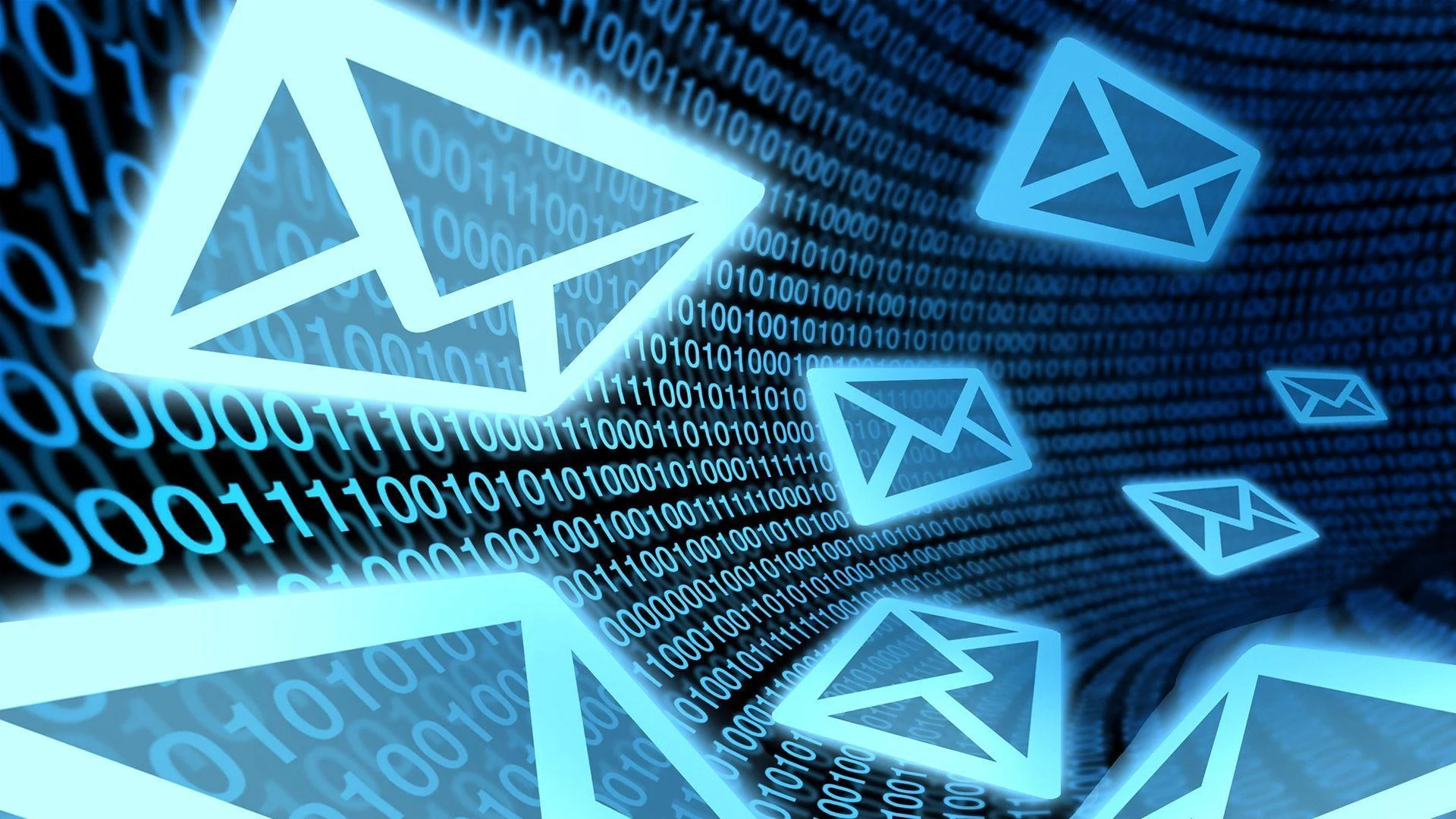
7. Social Proof and the Psychology of Trust
In the realm of mail marketing, harnessing the psychological phenomenon of social proof is indispensable. Testimonials, reviews, and endorsements serve as powerful tools, shaping the perception of mails and instilling trust in subscribers. When individuals see that others have had positive experiences or outcomes, it triggers a subconscious sense of validation and credibility. Integrating social proof into email campaigns not only fosters trust but also enhances the likelihood of subscribers taking desired actions, creating a dynamic synergy between the psychology of trust and effective mail marketing strategies.
Humans inherently seek validation from others. Including social proof in mails establishes credibility and trust, influencing subscriber decisions positively.
8. The Subconscious Impact of Colors and Branding
In the intricate dance of mail marketing, the subconscious impact of colors and branding plays a pivotal role. Colors are not merely visual elements; they carry emotional weight and influence perceptions. A strategically chosen color palette resonates with the audience on a subconscious level, evoking specific feelings and associations tied to a brand. Consistent branding reinforces identity, fostering trust and loyalty among mail subscribers. Understanding the subtle nuances of color psychology allows marketers to craft visually appealing emails that not only catch the eye but also leave a lasting impression, ensuring a seamless and memorable brand experience for the audience.
Colors evoke emotions and convey meanings. Consistent branding in emails cultivates a recognizable identity, fostering trust and loyalty among subscribers.
To know more about 360 Marketing
FAQs
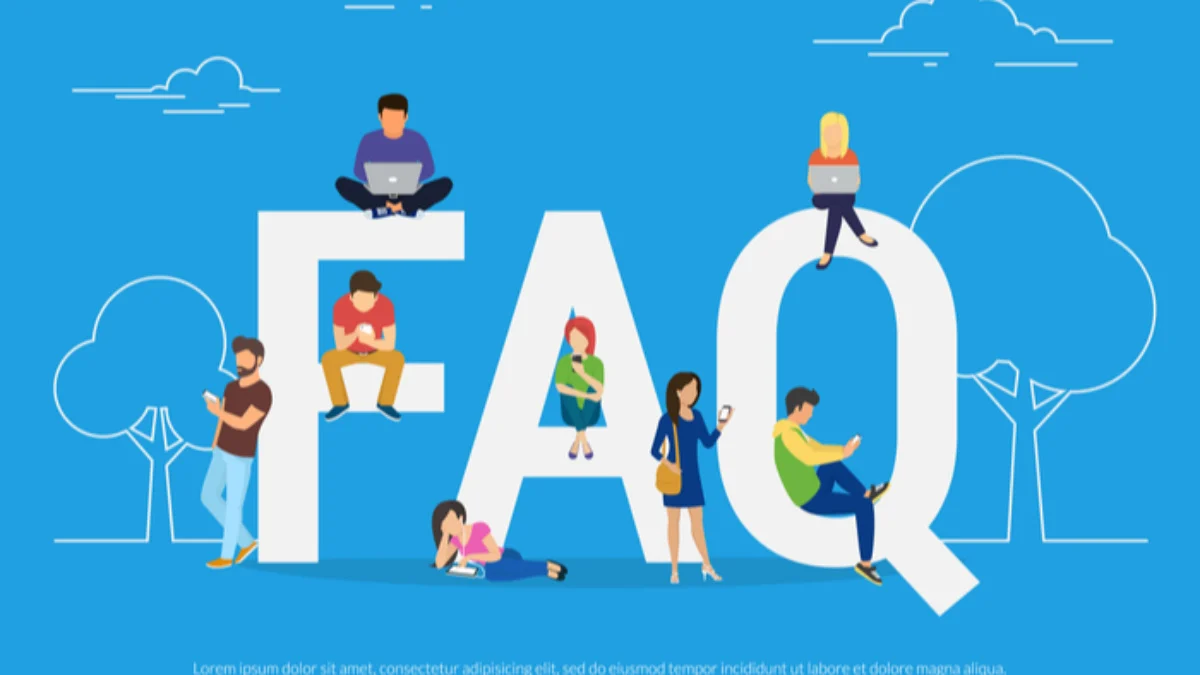
1. What influences email open rates?
- Subject lines, personalization, and relevance strongly influence email open rates.
2. How does email personalization impact engagement?
- Personalization fosters a sense of connection, increasing engagement and response rates.
3. Why is storytelling crucial in email marketing?
- Storytelling evokes emotions, making emails more memorable and creating a meaningful connection.
4. What is decision fatigue in email marketing?
- Decision fatigue occurs when subscribers are overwhelmed with choices, leading to disengagement.
5. How can urgency boost email conversions?
- Creating a sense of urgency triggers FOMO, compelling subscribers to act swiftly.
6. What role does trust play in mail marketing?
- Trust, built through social proof and consistency, fosters subscriber confidence and loyalty.
7. How do colors impact mail perception?
- Colors evoke emotions, influencing brand perception and creating a recognizable identity.
8. Why is cognitive load important in mail design?
- Reducing cognitive load in design enhances user comprehension and overall engagement.
9. What is the power of email storytelling?
Email storytelling creates emotional connections, making content more relatable and memorable.
10. How does scarcity influence email marketing? –
Scarcity creates urgency, leveraging the fear of missing out (FOMO) to drive actions.
" Harshil, a dedicated blogger at "360 Marketing Services Pvt Ltd," channels his passion for blogging into creating engaging and insightful content. With a profound commitment to delivering valuable marketing insights, he skillfully navigates the digital landscape, consistently producing content that resonates with the audience."
About us and this blog
We are a digital marketing company with a focus on helping our customers achieve great results across several key areas.
Request a free quote
We offer professional SEO services that help websites increase their organic search score drastically in order to compete for the highest rankings even when it comes to highly competitive keywords.
Subscribe to our newsletter!
More from our blog
See all postsRecent Posts
- How to Use Bulk SMS to Promote Online Courses. October 21, 2024
- Best Bulk SMS Service Provider in Koombarwara, Mumbai September 4, 2024
- Best Bulk SMS Service Provider in Koliwada, Mumbai September 4, 2024


